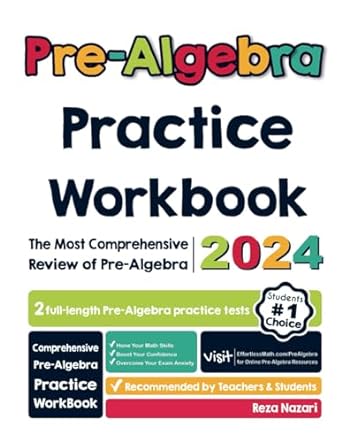Answered step by step
Verified Expert Solution
Question
1 Approved Answer
Imagine that the household in our model lives for three periods, t= 1,2,3. In period 1, the household starts with financial wealth f1, and labor
Imagine that the household in our model lives for three periods, t= 1,2,3.
- In period 1, the household starts with financial wealth f1, and labor income y1, which can be used for consumption c1 and saving s1.
- In period 2, the household uses saving from previous period s1 that earned interest at interest rate R, plus labor income y2. These resources can be used for consumption c2 or saving s2
- In period 3, the household uses saving from previous period s2 that earned interest at interest rate R, plus labor income y3. These resources are not used for consumption c3, there is no saving in period 3
1) Write down budget constraints for periods ,2,3.
2) Express s2 from the budget constraint for period 3, and substitute it into the budget constraint for period 2. Now express s1 from the budget constraint for period 2 and substitute it into the budget constraint for period 1. Show that what you obtained is one intertemporal budget constraint that equalizes the present discounted value of consumption to the total wealth of the household.
Step by Step Solution
There are 3 Steps involved in it
Step: 1

Get Instant Access to Expert-Tailored Solutions
See step-by-step solutions with expert insights and AI powered tools for academic success
Step: 2

Step: 3

Ace Your Homework with AI
Get the answers you need in no time with our AI-driven, step-by-step assistance
Get Started


